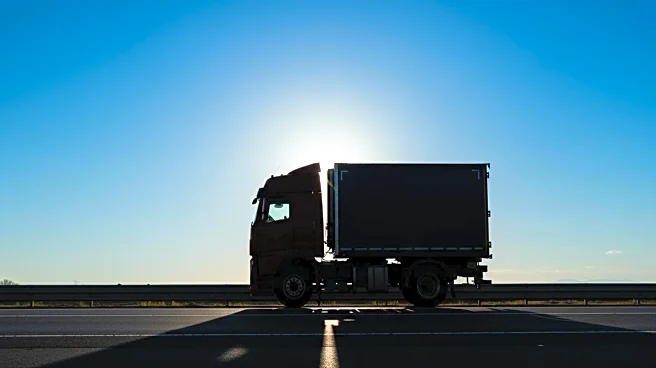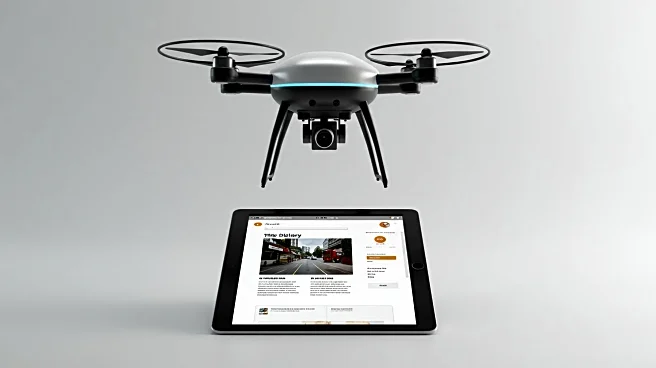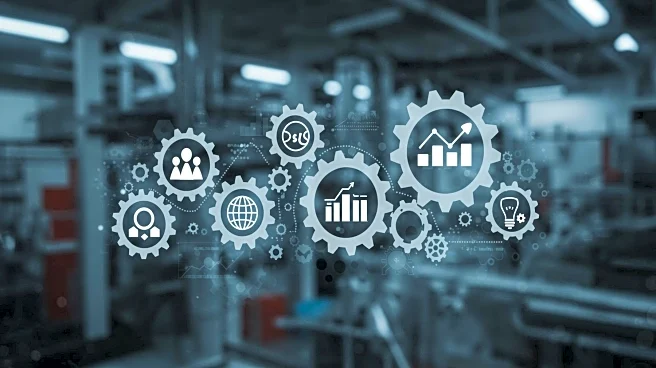What's Happening?
Prices for used semis in agriculture have increased by approximately 25% compared to last year, according to Andy Campbell, TractorZoom's director of insights. Despite the price hike, the supply remains stable. Campbell notes that prices may continue to rise throughout the summer due to tariffs and market normalization. Historically, semi prices spike in the third and fourth quarters due to increased consumer demand during holidays and trucking companies seeking tax benefits. Farmers are encouraged to adopt a logistics coordinator mindset to find good deals, as lower auction values typically appear in late spring and early summer. Jeff Vap from TMJ Auctions advises farmers to seize opportunities to buy when they arise, as freight companies are currently liquidating fleets, increasing the availability of used units.
Why It's Important?
The rising prices of semis are significant for the agricultural sector, as they impact the cost of transporting goods. Farmers who rely on semis for logistics must navigate these price changes to maintain profitability. The stable supply offers a chance for farmers to acquire necessary equipment despite the price increases. Understanding the market dynamics and timing purchases strategically can help farmers manage costs effectively. The advice to think like logistics coordinators highlights the importance of strategic planning in agricultural operations, ensuring that farmers can continue to transport goods efficiently and economically.
What's Next?
Farmers may need to monitor market trends closely to identify optimal purchasing times. As the year progresses, the potential for price dips in the fourth quarter could present opportunities for cost-effective acquisitions. Additionally, farmers might consider exploring alternative logistics solutions or partnerships to mitigate the impact of rising semi prices. The ongoing liquidation of fleets by freight companies could lead to increased availability of used semis, providing more options for farmers seeking to expand or update their transportation capabilities.











